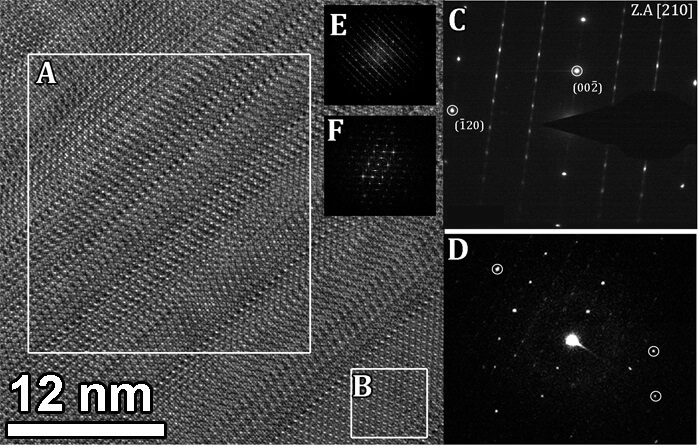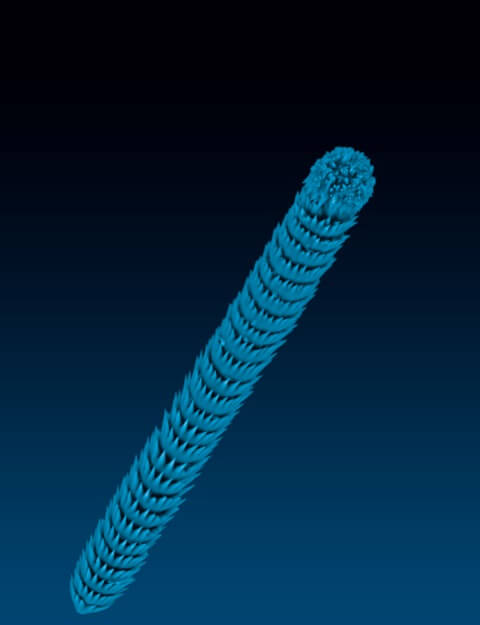Technion researchers discovered that "tertite" crystals are made of two different atomic arrangements "tertite" is an unstable atomic arrangement of the substance "calcium carbonate"

The Technion researchers solved a 100-year-old mystery and discovered that "trite" crystals are made of two different atomic arrangements. This is what the prestigious scientific journal "Science" reveals.
Associate Professor Beaz Pokroi and the doctoral student under his direction Lee Kaba-Amithi from the Faculty of Materials Science and Engineering, explain that calcium carbonate, a compound of calcium carbon and oxygen, is the most common mineral in nature and appears in various forms that differ in the spatial position of the atoms (in the atomic arrangement). "Vetrite" is a specific atomic arrangement of "calcium carbonate" and relative to the other atomic arrangements is extremely rare in nature. Despite being rare, hotrite can be found in many areas of our lives. Meanwhile, it can be found in stones formed in the gallbladder, in certain geological structures, is used as an essential material in the paper industry, as an important part of cement and is even found in meteorites from space.
The Technion researchers study hotrite as part of its formation in one of the most important biological processes called biomineralization. In this process, organisms produce various minerals by controlling the atomic level. For example, when a seashell receives a blow and its armor is cracked, it uses "wetrite" to repair the damage, the shiny shell in pearls is made of a different calcium carbonate, but sometimes as a result of a mistake in cultivation, wetrite is formed and then the pearl is not shiny, and fish grow the wetrite in their ears as an aid to balance (salmon , for example).
For 100 years, scientists have not reached an unequivocal answer as to the order of the atoms in "vetrite". Doctoral student Lee Kabbalah-Amithi, under the guidance of Prof. Pokroy, studied crystals found in a small marine animal (from the acetylene family) called "Redmania momos", they were assisted by Boaz Meisel, a marine biologist and diver from Tel Aviv University, who collected the animal, Dr. Yaron Kaufman assisted In examining the material with the Technion's "Titan" microscope (the only one of its kind in Israel), Dr. Andy Fitch from the electron accelerator in Grenoble, Leonid Bloch from the team of Mishna Pokroy and Professor Popa Gilbert from the University of Madison in Wisconsin also assisted in the work.

"This animal produces a giant methrite of crystals, very sharp and relatively large, so it is relatively easy to work with them," the Technion researchers explain. "That's why we studied these crystals and it's the first time they've been studied at an atomic level. To date, various researchers have tried to find a single atomic arrangement of lotrite or to determine which of the resulting structures is the correct one. We found shotrite actually consists of two different atomic orders which are in harmony with each other. The second atomic order is found in a very tiny, nanometric region (40,000 times smaller than a hair), which is why it has so far disappeared from the eyes of scientists who thought it was one structure and not two."
The "vetrite" is an unstable atomic structure and is therefore rare to be produced in nature, however, it can still be found in different areas. The Technion researchers hypothesize that their discovery will allow in the future an understanding of the mechanism of the formation and stabilization of the "vetrite".
